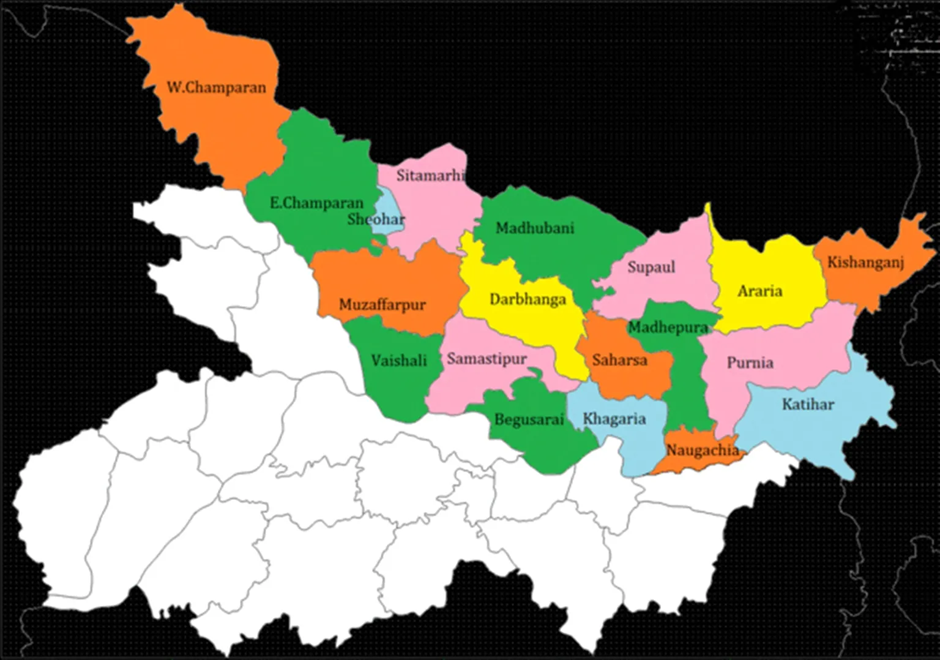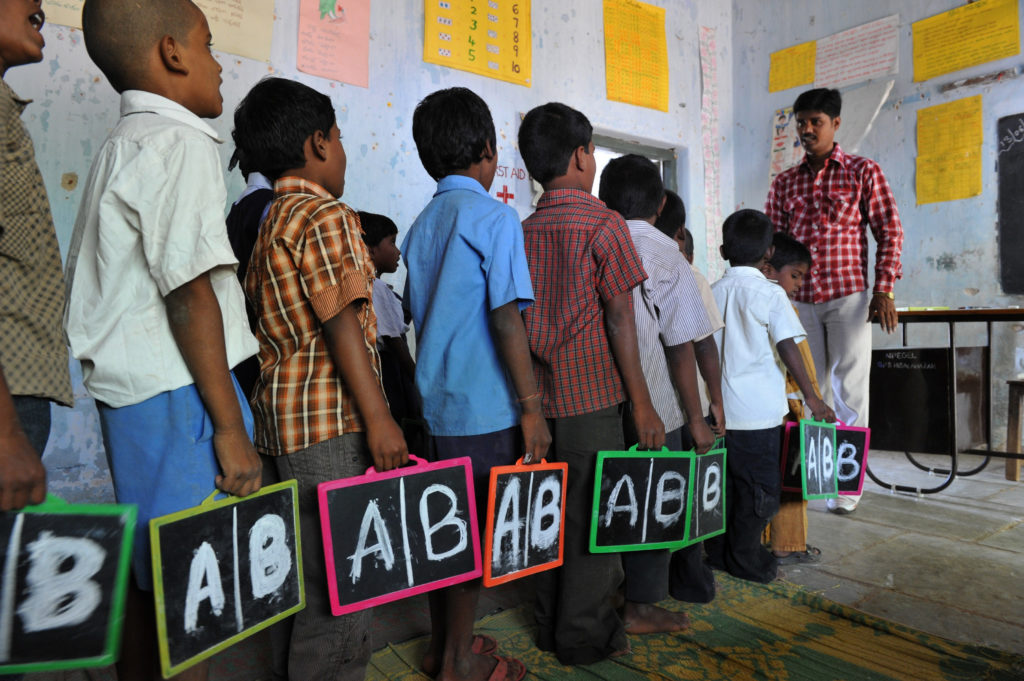- Courses
- GS Full Course 1 Year
- GS Full Course 2 Year
- GS Full Course 3 Year
- GS Full Course Till Selection
- Answer Alpha: Mains 2025 Mentorship
- MEP (Mains Enrichment Programme) Data, Facts
- Essay Target – 150+ Marks
- Online Program
- GS Recorded Course
- Polity
- Geography
- Economy
- Ancient, Medieval and Art & Culture AMAC
- Modern India, Post Independence & World History
- Environment
- Governance
- Science & Technology
- International Relations and Internal Security
- Disaster Management
- Ethics
- NCERT Current Affairs
- Indian Society and Social Issue
- NCERT- Science and Technology
- NCERT - Geography
- NCERT - Ancient History
- NCERT- World History
- NCERT Modern History
- CSAT
- 5 LAYERED ARJUNA Mentorship
- Public Administration Optional
- ABOUT US
- OUR TOPPERS
- TEST SERIES
- FREE STUDY MATERIAL
- VIDEOS
- CONTACT US
Bihar Under Water: Annual Flood Crisis
Bihar Under Water: Annual Flood Crisis

Bihar is currently facing severe flooding again, with approximately 11.84 lakh people affected. Many have been forced from their homes and are relying on food packets dropped from the air, while others are huddling in shelters.
- The situation leaves them vulnerable to waterborne diseases.
- Flooding in North Bihar is a recurring issue, causing destruction to crops and livestock each year.
- Despite efforts to rebuild, the cycle of disaster repeats itself annually.
Why Is Bihar So Prone to Flooding?
The primary reasons for Bihar's flood vulnerability can be traced to its geography and the ineffective flood management strategies that have been implemented over the decades.
Geographic Factors:
According to the Flood Management Improvement Support Centre (FMISC) of the Bihar government, Bihar is known as India’s most flood-prone state, with 76% of the population in North Bihar living under the constant threat of floods. Several factors contribute to this:
- River Systems: The state is crisscrossed by both snow-fed and rain-fed rivers. This dual risk exposes it to various flood types.
- Flood Categories: The Bihar Disaster Management Authority categorizes floods into four types:
- Flash Floods: Quick floods caused by rainfall in Nepal, with a short lead time of about 8 hours.
- River Floods: These have a lead time of about 24 hours and can take a week or more to recede.
- Drainage Congestion: This type occurs when rivers are blocked, with floods lasting the entire monsoon season, requiring up to 3 months to recede.
- Permanent Waterlogging: Resulting from various factors including the spilling of silted rivers and encroachment on drainage channels.
- Himalayan Influence: Bihar is situated below Nepal, with rivers like the Kosi, Gandak, and Bagmati flowing from the Himalayas. These rivers carry heavy sediment due to the young, loose soil of the mountains, making them prone to overflowing when rainfall increases.
The Kosi River and Embankments
- One of the most notorious rivers in Bihar is the Kosi, often referred to as the "sorrow of Bihar."
- After independence, embankments were built to contain the river's flow, thought to be a permanent solution.
However, these embankments have not only been breached multiple times but have also created additional problems:
- Narrowed River Course: The embankments have confined the Kosi, preventing it from dispersing its sediments naturally. This has caused the riverbed to rise by about 5 inches annually, increasing the likelihood of overflow.
- Recent Flooding: This year, flooding has worsened due to heavy rainfall and the release of 6.6 lakh cusecs of water from the Birpur barrage in Nepal—this is the highest volume in nearly 60 years. Breaches have occurred at seven points across four districts, affecting around 15 lakh people living within the embankments.
Economic Impact of Flooding
- While loss of life may not be the primary consequence of the floods, the economic toll is significant.
- Damage to crops, infrastructure, and livestock leads to extensive financial loss, and the state government spends approximately Rs 1,000 crore annually on flood management and relief efforts.
Possible Solutions to the Flood Problem
- Over the years, discussions about a dam on the Kosi have arisen, but these plans require collaboration with Nepal, which has stalled progress.
- Recently, Bihar’s Deputy Chief Minister requested an additional barrage on the Kosi and proposed barrages on other rivers, including the Gandak and Bagmati.
However, past experiences with embankments indicate that structural solutions alone may not be sufficient. Anil Kumar Sinha, former vice-chairman of the Bihar State Disaster Management Authority, emphasized the need for a dual approach:
- Structural Solutions: This includes dams and embankments.
- Non-Structural Solutions: Focused on laws, policies, and risk reduction strategies. This includes improving warning systems, quick response times, and public awareness and training regarding flood management.
The Flood Atlas of Bihar suggests that minimizing flood risks and damage through better management practices may be more effective than relying solely on structural measures.
Conclusion
Bihar’s annual flooding is a complex issue driven by its geographical conditions and historical flood management strategies. As the state continues to face the consequences of these floods, a balanced approach incorporating both structural and non-structural solutions will be essential for long-term flood management and protection of the vulnerable population.
Must Check: Best IAS Coaching In Delhi
UPSC Prelims Result 2024 Out: Expected Cut Off & Other Details, UPSC Prelims 2024 Answer with Explanation, Daily Prelims Quiz, Daily Current Affairs, MONTHLY CURRENT AFFAIRS TOTAL (CAT) MAGAZINE, Best IAS Coaching Institute in Karol Bagh, Best IAS Coaching Institute in Delhi, Daily Mains Question Answer Practice, ENSURE IAS UPSC Toppers, UPSC Toppers Marksheet, Previous Year Interview Questions, UPSC Syllabus




